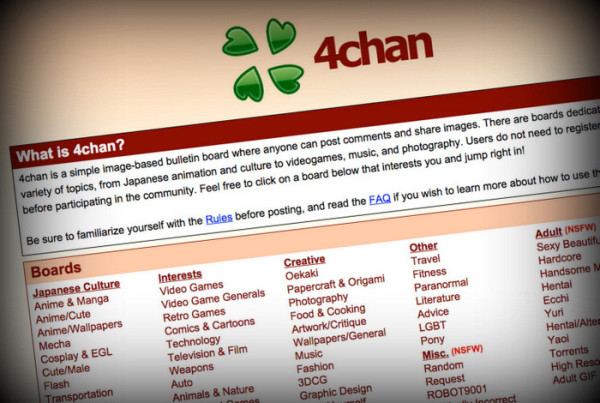If you’ve been on social media in the last week – depending on who you follow or who you don’t – you might’ve seen #StandWithPP pink profile pictures cropping up in your feed.
The image and the hashtag are part of a new campaign by supporters of Planned Parenthood. The campaign has gone viral as members of U.S. Congress talk about defunding the group.
Some of these online campaigns on Facebook and Twitter are paid for by the organizations themselves. Others are closer to grassroots movements. But online it’s kind of hard to tell one from the other – and that’s part of the way that “slacktivism” works. Social media is a form of self-expression, but is also kind of activism by proxy.
But does this type of activism campaigning actually move the needle?
Luis Salinas, a sociology professor at the University of Houston, says yes, slacktivism campaigns do work. These widespread campaigns reach out to “marginalized” individuals who usually don’t participate at all.
“People simply liking a page, people simply retweeting something – doesn’t have much effect on the issue,” he says. “Individuals that are really into it don’t just sort of stop at just liking a page. They get their friends to participate in signing petitions, they try to raise funds for particular issues.”
Both the soapbox and social media are important in this day and age, Salinas says. With marches after the murder of Trayvon Martin, turnouts may have been small but the online presence was huge.
“The actual marches… were not as big as individuals thought they were,” he says, “but the online petitions and pages had gone viral.”

















